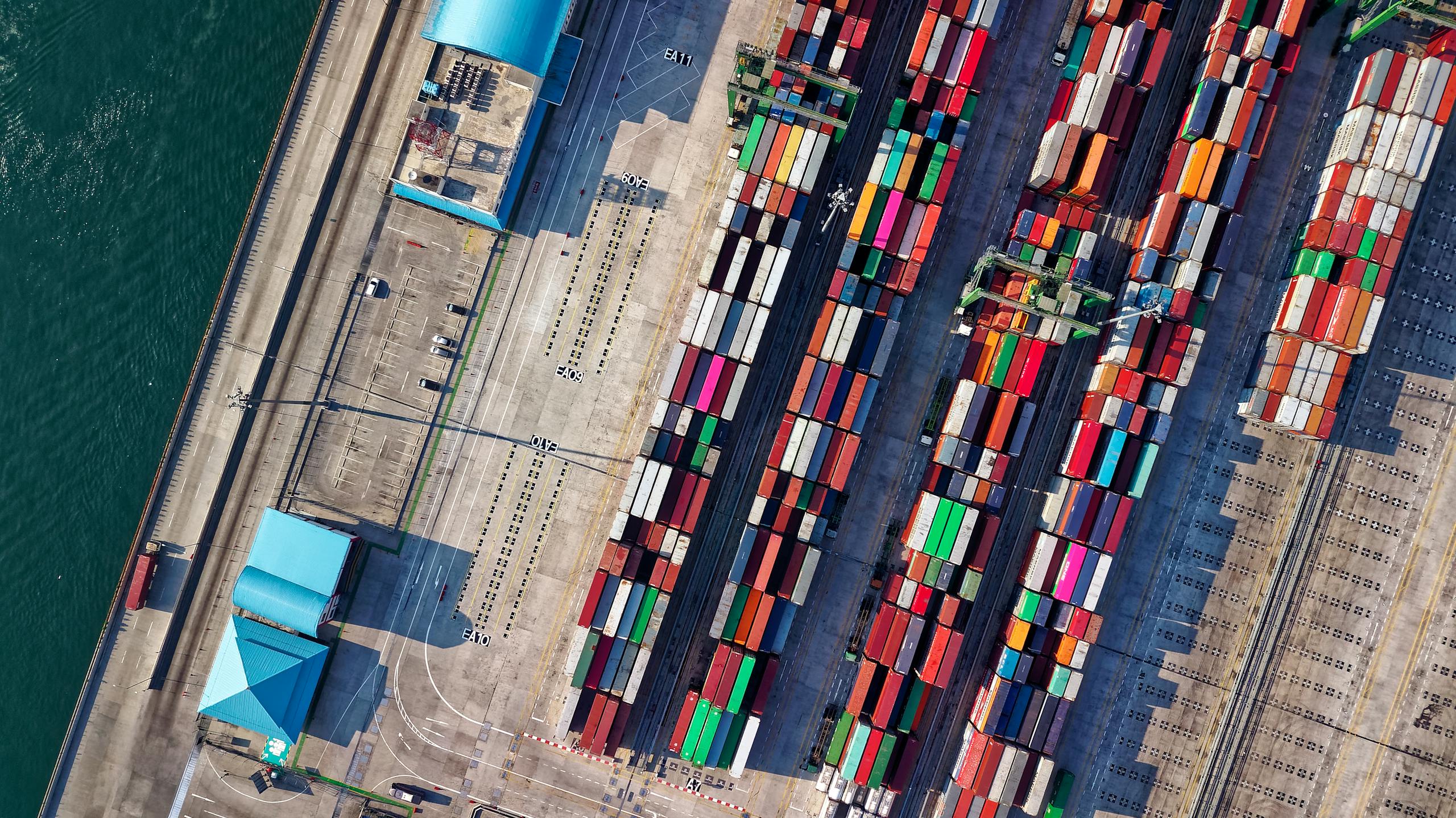This post may contain affiliate links or promotional content. We may earn a small commission at no additional cost to you. Information provided for educational purposes only. Please consult experts before making financial or legal decisions.
Consider sponsoring this post to help us share this knowledge with others! Email our team today.
Subscribe to Run The Money on Substack for more insights on financial resilience, audience growth, and building freedom in uncertain times.
Recent years have proven that supply chain stability can no longer be taken for granted. From global events that stall shipping lanes to labor shortages and regional logistical bottlenecks, businesses have been forced to adapt quickly to keep operations running smoothly. These disruptions have made one thing clear: flexibility is no longer a luxury—it’s a necessity in modern material handling strategies.
Companies that traditionally relied on fixed infrastructure and rigid systems are finding themselves at a disadvantage when unexpected delays or changes arise. The ability to pivot, reconfigure operations, or temporarily reroute material handling processes can mean the difference between costly downtime and maintaining throughput. That’s where versatile equipment solutions play a critical role in building resilience.
One increasingly popular approach involves integrating mobile and modular material handling tools that can be deployed or repositioned with minimal effort. This flexibility is invaluable in situations where traditional systems fall short. For example, when a scheduled delivery point is compromised or needs to be temporarily shifted, having mobile equipment that can meet the new demand helps maintain continuity without the need for massive reinvestment or delays.
A prime example of this kind of adaptable tool is the portable transloader. Designed for easy transport and setup, it allows businesses to transfer bulk materials efficiently between modes of transport or storage locations, even in non-ideal or makeshift environments. Whether it’s rerouting a supply flow due to a port delay or setting up a temporary loading point closer to a new job site, the ability to move and deploy a transloader quickly can keep operations agile and productive.
This kind of flexibility also supports broader cost efficiency. Instead of building out new infrastructure at every potential choke point or temporary site, companies can rely on mobile equipment to bridge gaps on demand. It’s an approach that doesn’t just offer a short-term fix but can be incorporated into long-term strategic planning. Businesses that bake adaptability into their operations are often better positioned to scale, relocate, or restructure without significant downtime.
Moreover, this mobile-first mindset aligns well with efforts to streamline logistics and minimize environmental impact. By eliminating unnecessary hauling or redundant loading steps, companies can cut down on fuel consumption and labor hours, contributing to more sustainable operations even in the face of disruption.
Ultimately, the most successful material handling strategies today aren’t the ones built around the assumption of stability—they’re built with change in mind. Businesses that prioritize flexible, scalable solutions are better equipped to meet the unknowns of tomorrow.
Some content on this site is contributed by partners or external sources. All submissions are reviewed for quality.
